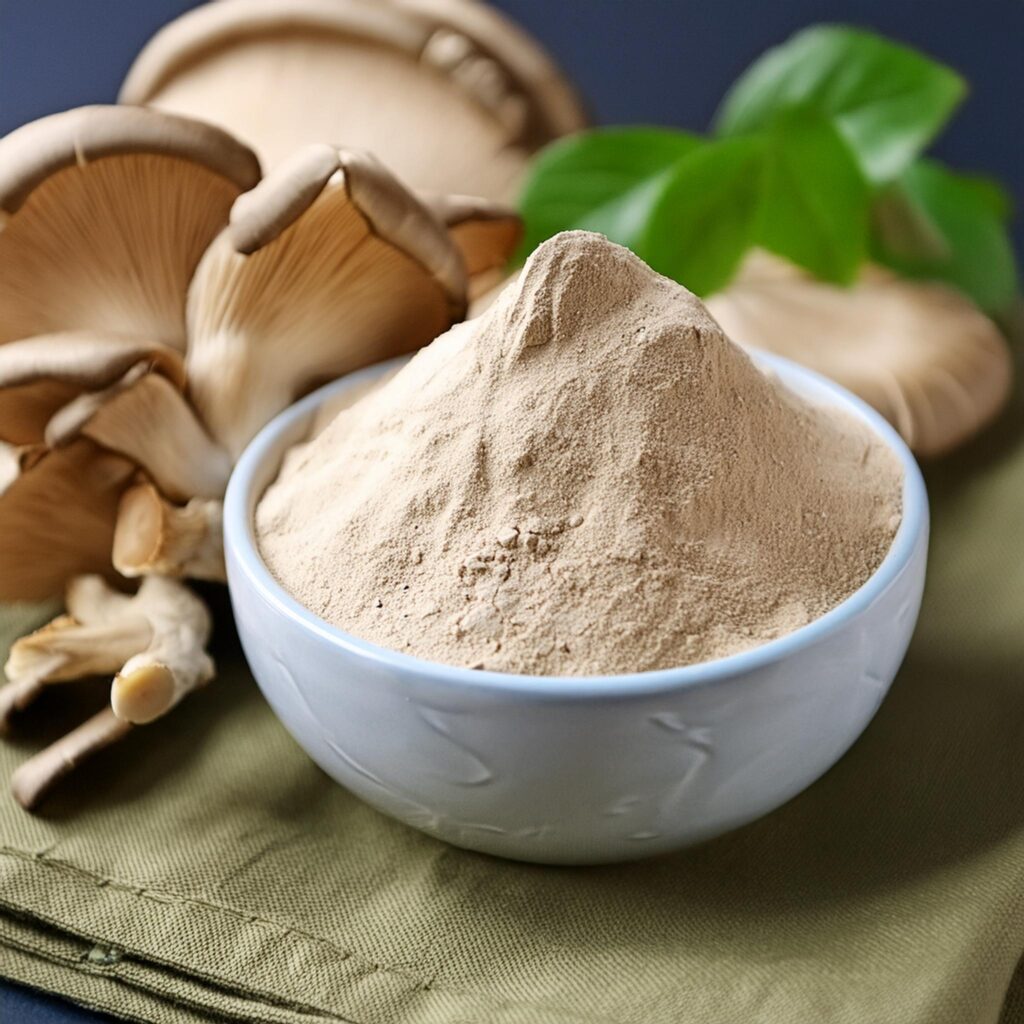How Chitosan Detoxes a Meal

Chitosan oligosaccharide (COS), a low-molecular-weight derivative of chitosan, has demonstrated significant potential in adsorbing various environmental contaminants, including heavy metals, pesticides, and microplastics. The efficacy of 1,500 mg of COS in binding and removing these toxins from a single meal depends on several factors, such as the specific contaminant, COS’s physicochemical properties, and the conditions within the gastrointestinal tract. 1. Adsorption Capacity of COS Heavy Metals: Studies have shown that chitosan-based materials can effectively adsorb heavy metals. For instance, a chitosan-based flocculant composed of carboxymethyl chitosan, acrylamide, and ammonium di-thiocarbamate exhibited high removal rates of 95.24% and 95.72% for Pb(II) and Cd(II), respectively. Another study reported that modified shrimp-based chitosan achieved maximum adsorption capacities of 20.4 mg/g for chromium (Cr) and 15.9 mg/g for arsenic (As). mdpi.comPubMed Central Pesticides: Chitosan and its derivatives have been investigated for pesticide adsorption. A study highlighted that chitosan nanocomposites are effective in removing pesticides from wastewater. The adsorption capacity varies based on the pesticide’s chemical structure and the degree of chitosan modification.researchgate.net+1mdpi.com+1 Microplastics: Chitosan’s ability to bind microplastics is attributed to electrostatic and hydrophobic interactions. While specific adsorption capacities are less documented, chitosan-based materials have been proposed as effective adsorbents for microplastics due to their biocompatibility and environmental friendliness. cabidigitallibrary.org 2. Factors Influencing Adsorption Degree of Deacetylation (DD): The DD of chitosan influences its cationic properties and, consequently, its adsorption capacity. Higher DD levels enhance the binding affinity for negatively charged contaminants. PubMed Central Molecular Weight: Lower molecular weight chitosan, such as COS, offers increased solubility and a higher number of active sites, potentially enhancing adsorption efficiency. pH and Ionic Strength: The adsorption process is pH-dependent, with optimal adsorption typically occurring under specific pH conditions that favor the ionization state of both the adsorbent and the contaminant. mdpi.com 3. Estimated Adsorption Potential of 1,500 mg COS Based on the aforementioned studies and considering the variability in adsorption capacities: Heavy Metals: 1,500 mg of COS could potentially adsorb between 30 to 60 mg of heavy metals, depending on the specific metal and COS’s characteristics. Pesticides: The adsorption capacity for pesticides is variable; however, COS has shown promise in binding significant amounts, contingent upon the pesticide’s nature and the degree of COS modification. Microplastics: While precise data is limited, COS’s potential to bind microplastics suggests it could adsorb measurable amounts, aiding in their removal from the gastrointestinal tract. 4. Practical Considerations Ingestion Timing: For optimal efficacy, COS should be consumed concurrently with meals to facilitate direct interaction with dietary contaminants. Combination with Other Adsorbents: Combining COS with dietary fibers or other adsorbents may enhance the overall removal of contaminants. Hydration: Adequate water intake is essential to support the formation of complexes between COS and contaminants, promoting their excretion. While 1,500 mg of chitosan oligosaccharide exhibits the potential to adsorb and facilitate the removal of various toxins from a meal, the exact amounts are influenced by multiple factors, including the contaminant type, COS’s physicochemical properties, and gastrointestinal conditions. Further research, particularly in vivo studies, is necessary to precisely quantify COS’s efficacy in real-world dietary scenarios.
